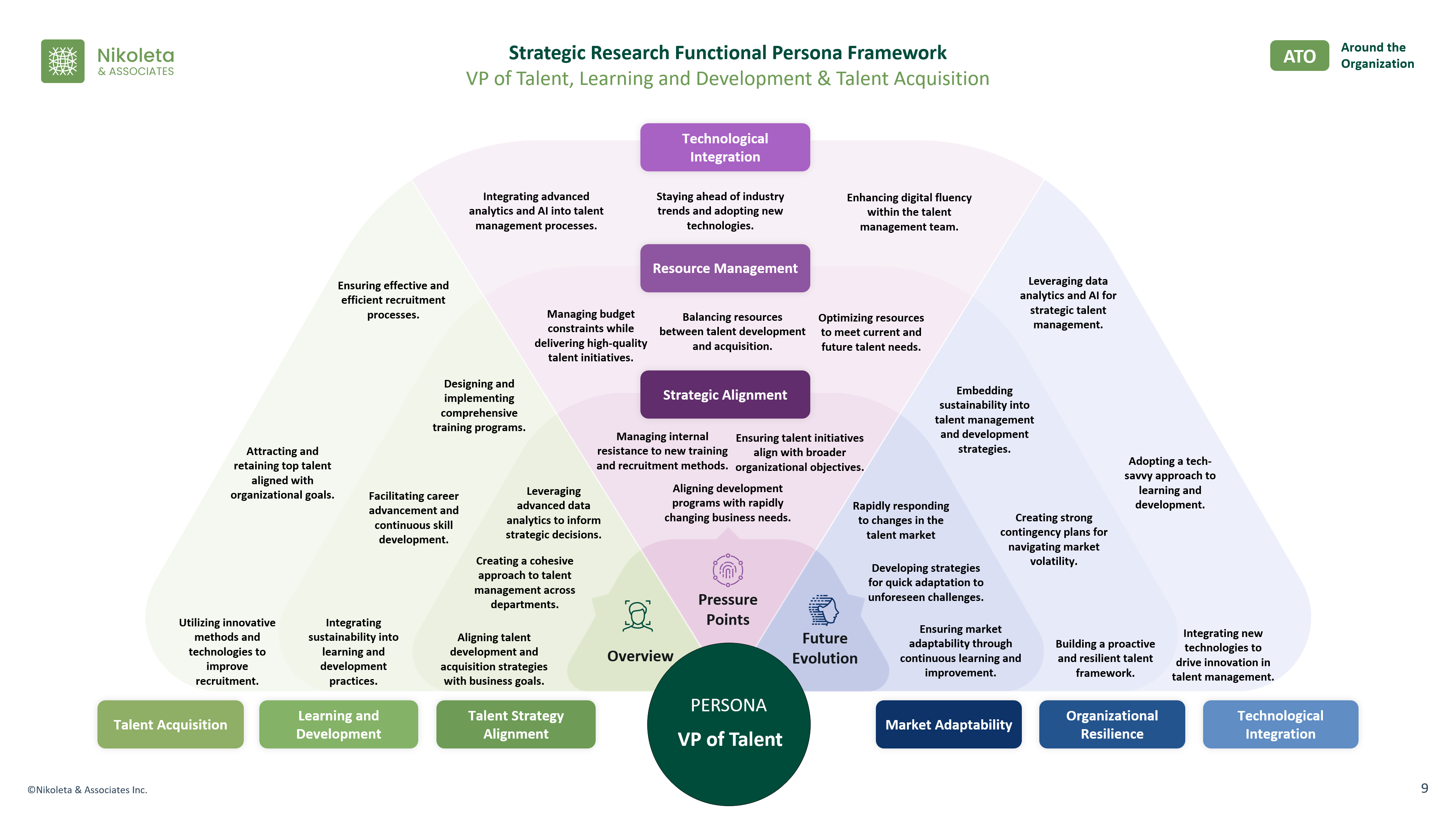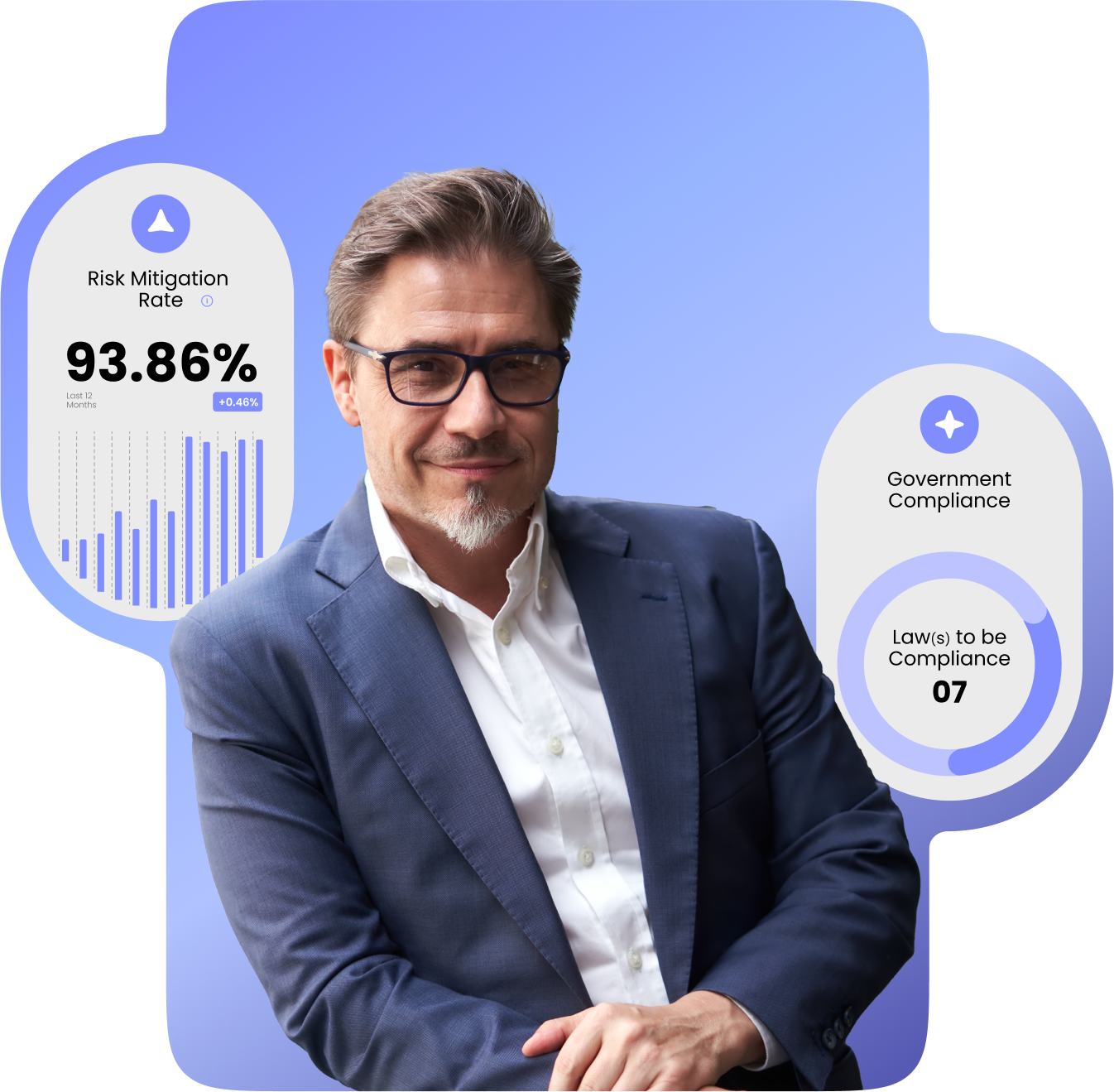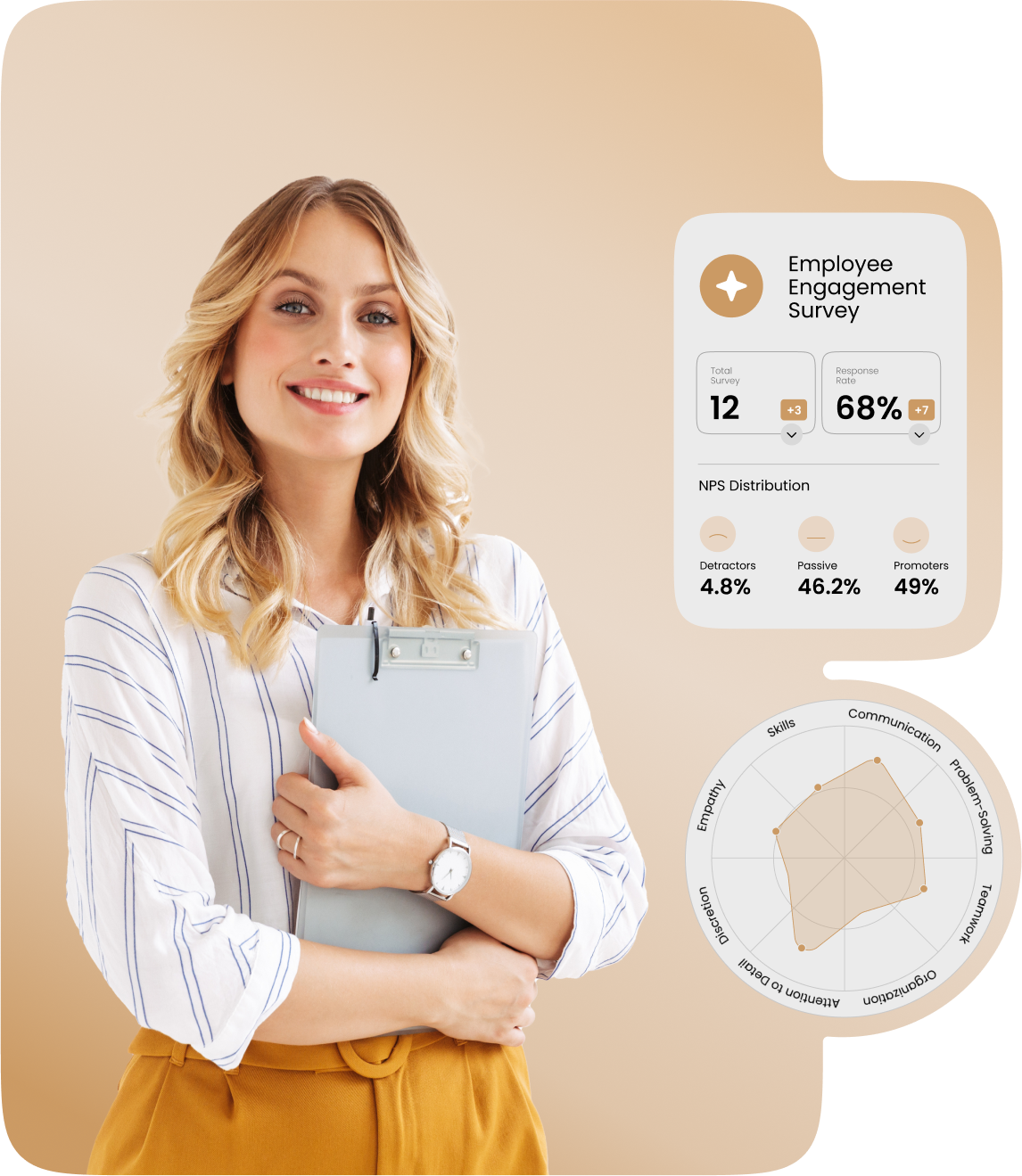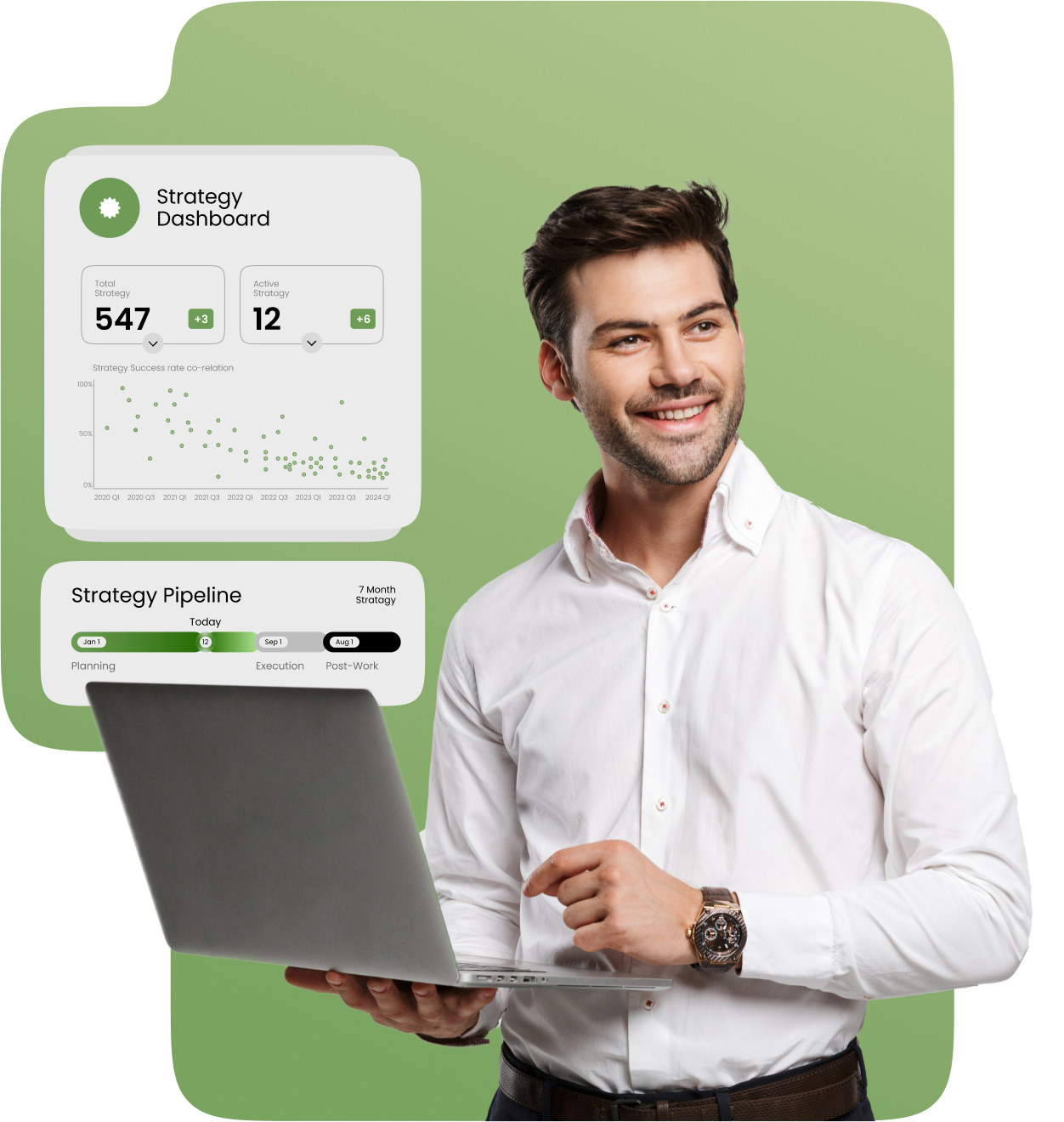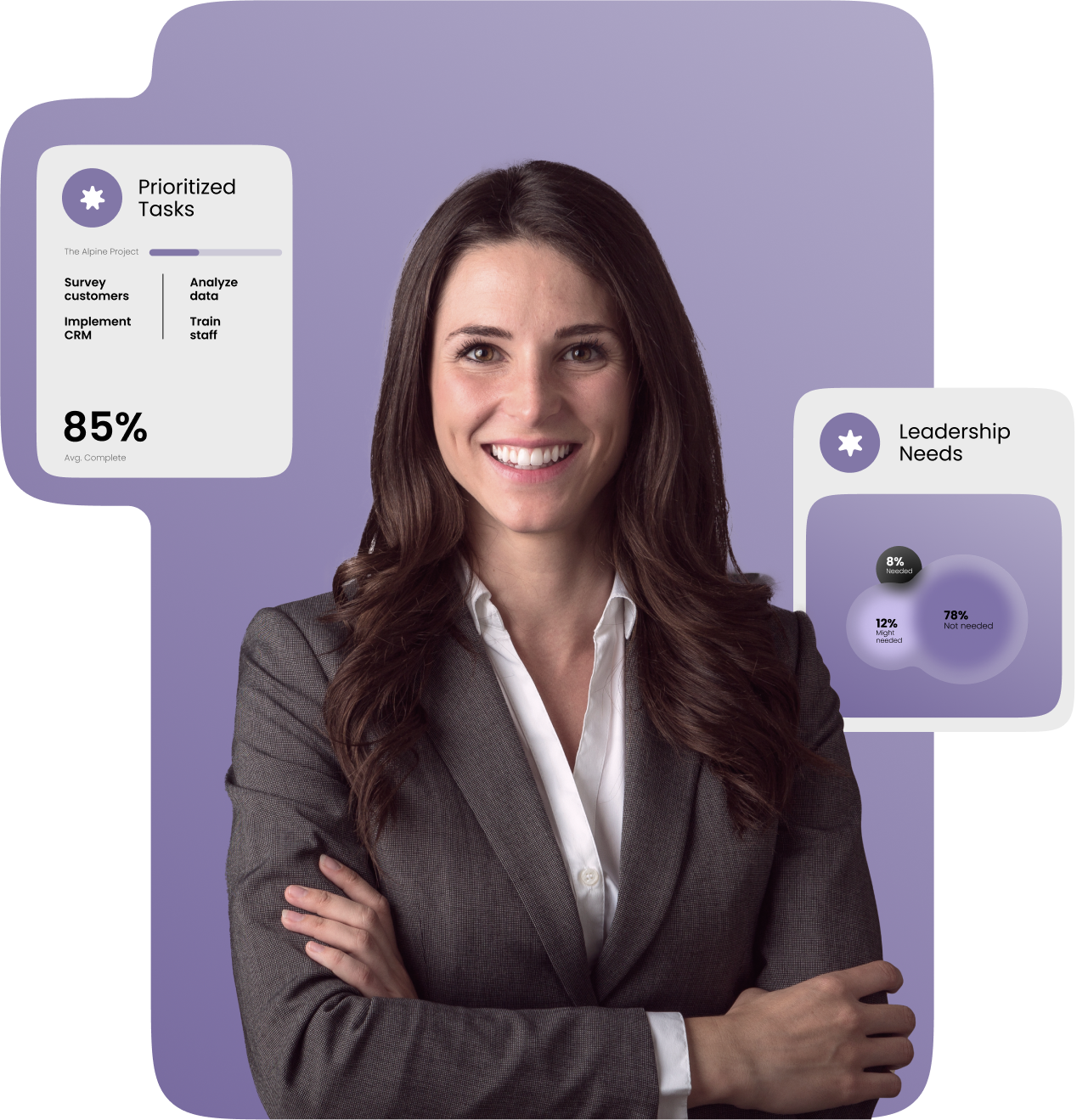Around the Organization (ATO)
Frameworks for Functional Role Clarity and Strategic Growth
VP of Talent, Learning and Development & Talent Acquisition

Welcome to the Vice President of Talent segment of our Around the Organization (ATO) practice—an area in our Consulting and Capability function dedicated to exploring and capturing the essence of modern organizational roles. Dive into the unique characteristics, challenges, and future evolution of the VP Talent role.
Learn how VP Talent leads and develops talent strategies, oversees talent acquisition, retention, and development, and fosters a high-performance culture. Discover the critical role VP Talent plays in shaping the organization’s workforce, ensuring alignment with business objectives, and driving employee engagement.
The Framework
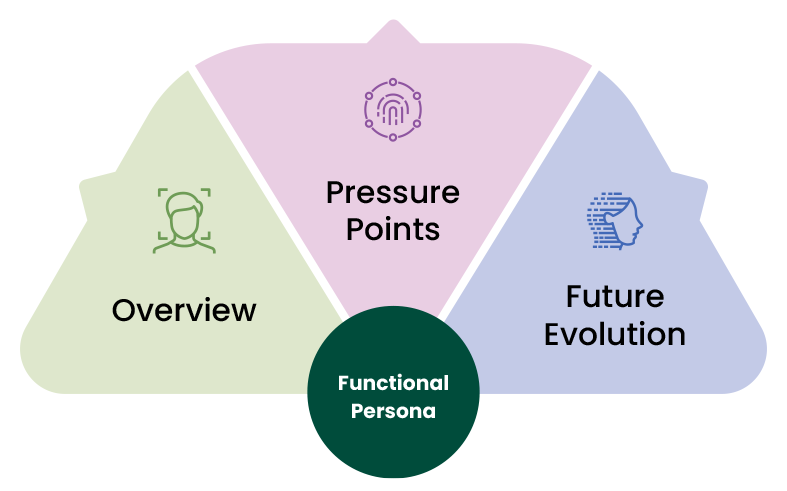
The overview takes a deeper dive into the functional persona by integrating a holistic perspective. This section highlights the unique characteristics, capabilities, and the central role that the functional persona plays within the organizational ecosystem.
The pressure points highlights the challenges and obstacles that individuals within the functional persona may encounter. The importance of the pressure points is aimed to provide guidance towards the overall wellbeing of the functional persona.
The future evolution considers the ever-evolving landscape of market trends and how they intersect with the trajectory of the functional persona. It does not only forecast, but also aims to prepare and shape the functional persona to the change.
Overview
The VP of Talent, overseeing both Learning and Development and Talent Acquisition, plays a crucial role in cultivating an environment of continuous learning, promoting talent growth, and aligning hiring strategies with the company’s objectives.
In this role, the VP of Talent devises and implements comprehensive strategies aimed at enhancing employee skills and facilitating career advancement. Additionally, this position encompasses the recruitment and retention of top talent, ensuring that the organization attracts individuals who align with its goals. By working collaboratively with various departments, the VP ensures a cohesive and integrated approach to talent management, seamlessly aligning all initiatives with the broader strategic vision of the company.
Role Attributes
Strategic Vision: Aligns talent development and acquisition strategies with business goals.
Collaboration: Works with other departments to ensure a cohesive approach to talent management.
Innovation: Introduces new methods and technologies to improve learning and recruitment processes.
Pressure Points
The VP of Talent encounters significant challenges that are essential for fostering growth and transformation at both the individual and organizational levels.
The VP of Talent faces the challenge of aligning learning and development programs with rapidly changing business needs, while also ensuring the organization attracts and retains the right talent. Internal resistance to new training methodologies and recruitment processes often creates significant hurdles. Budget constraints add pressure to deliver high-quality training and recruitment experiences without overspending. Additionally, staying ahead of industry trends and integrating new technologies is essential to maintain a competitive edge. The VP must also manage the complexities of collaborating with various departments and using data-driven insights to inform talent strategies. These pressure points demand a balance of strategic vision, adaptability, and continuous improvement to succeed in this role.
Common Pressure Points
Aligning development programs with business objectives.
Ensuring effective and efficient recruitment processes.
Managing budget constraints for talent initiatives.
Overcoming internal resistance to change.
Integrating new technologies and methods in talent management.
Future Evolution
The VP of Talent must evolve to address the dynamic needs of modern organizations, integrating advanced technologies and sustainable practices to drive both recruitment and employee growth.
The VP of Talent must integrate technological adeptness and sustainable practices into both talent acquisition and learning and development. Future VPs will leverage data analytics and AI to align talent initiatives with organizational goals, ensuring effective recruitment and comprehensive employee development programs. They will foster a culture of continuous learning, embedding adaptability and growth into the organization’s core. Emphasizing sustainability, they will develop training programs that are both effective and environmentally responsible. Building organizational resilience is crucial, requiring strategies for quick adaptation to challenges. Enhancing digital fluency and cross-functional collaboration will ensure cohesive and effective talent management, driving long-term competitiveness and growth.
Role Evolution Aspects
Making data-driven decisions by leveraging data analytics to inform talent strategies.
Ensuring market adaptability by responding rapidly to changes in the talent market.
Integrating new technologies to drive innovation in talent management and learning and development.
Building a proactive and resilient talent framework to create organizational resilience.
The Role of Change in the
Transformation VP of Talent Functional Persona
The VP of Talent, overseeing Learning and Development as well as Talent Acquisition, is integral to shaping the organization’s workforce strategy in a rapidly evolving business environment. This role involves not only attracting and retaining top talent but also fostering a culture of continuous learning and development that aligns with the company’s strategic goals. The VP of Talent must ensure that talent strategies are adaptable to the ever-changing needs of the business, leveraging innovative approaches to both learning and recruitment. By embedding flexibility and resilience within the workforce, the VP of Talent helps the organization navigate change effectively, ensuring that talent initiatives drive long-term success.
For the VP of Talent, leading change means building a workforce that is not only equipped to meet today’s challenges but also prepared to adapt to future opportunities and disruptions.
How VPs of Talent Can Be Open to and Maintain Change
Align Talent Strategies with Business Goals
Ensure that all talent development and acquisition efforts are closely tied to the organization’s strategic objectives
Innovate in Talent Acquisition
Use data-driven insights and advanced technologies to enhance recruitment processes
Build Workforce Resilience
Develop strategies that equip the workforce to handle market volatility and unforeseen challenges


